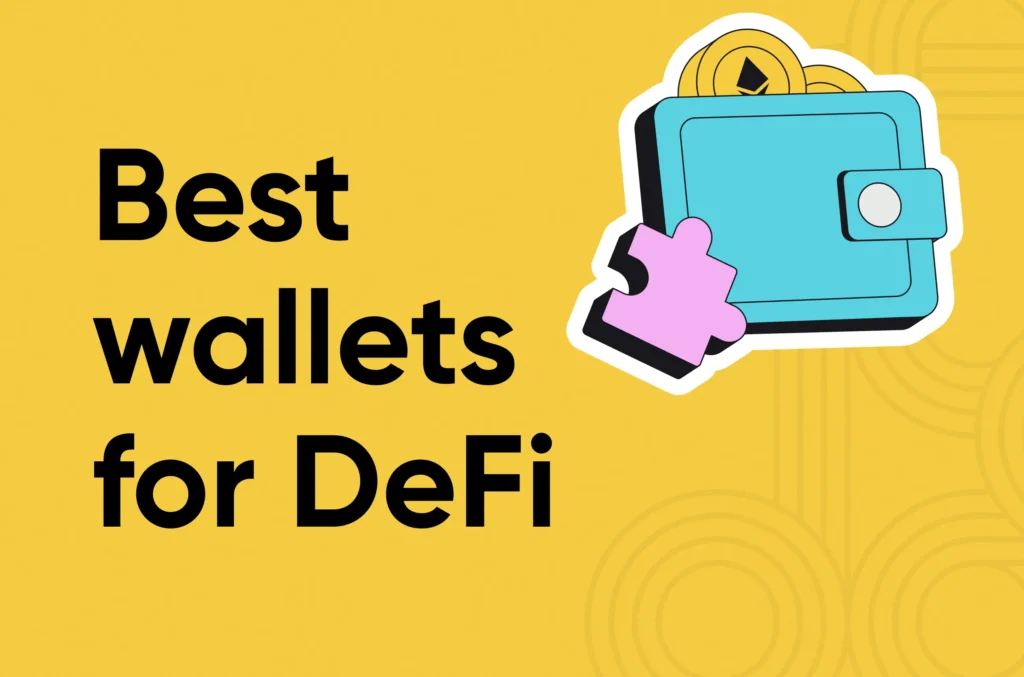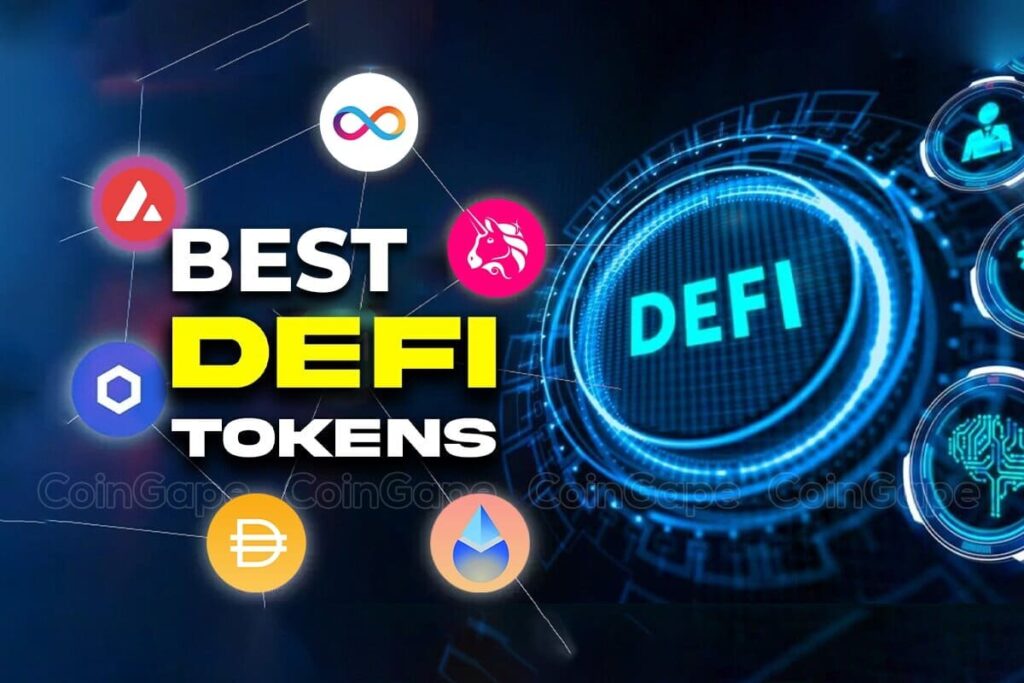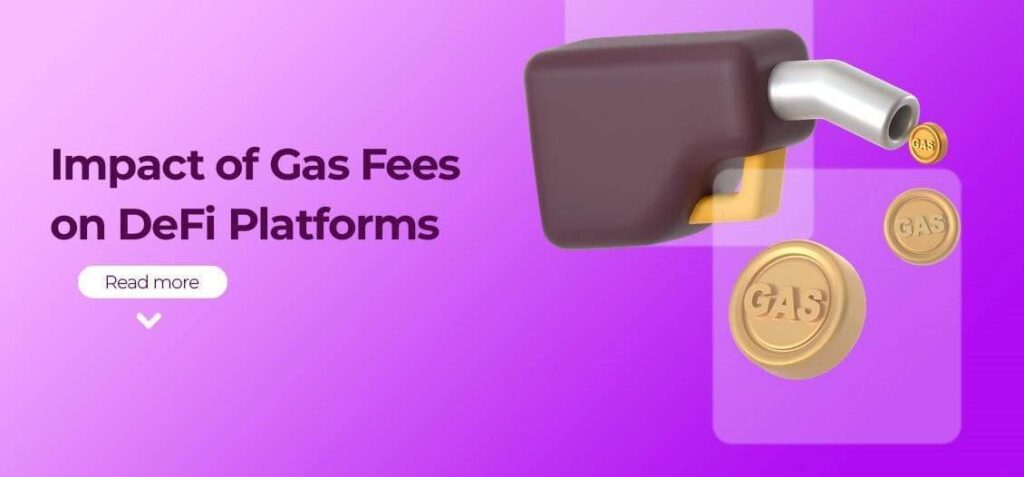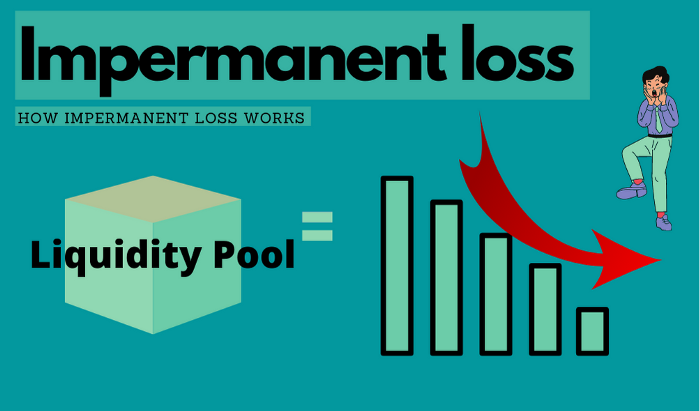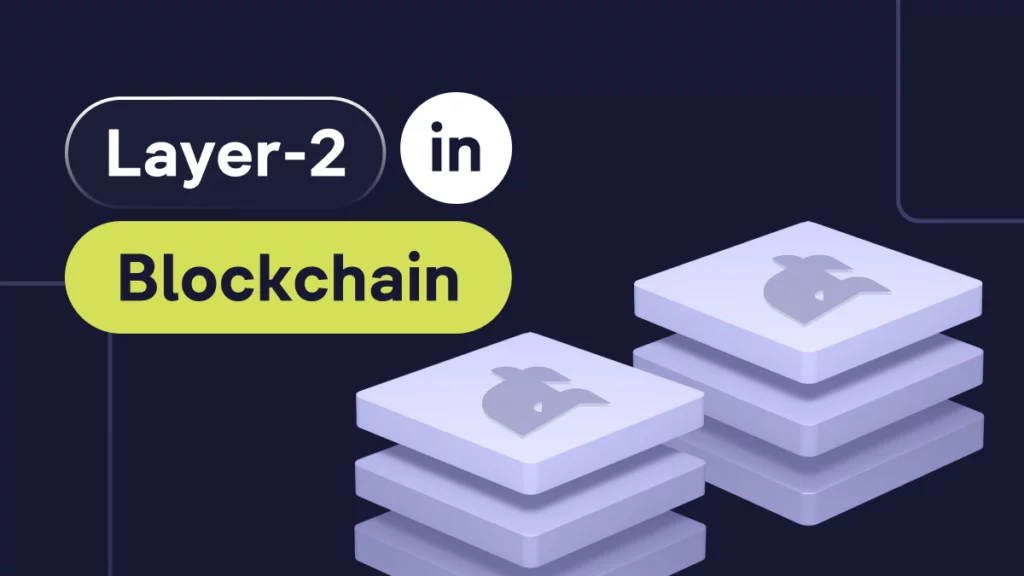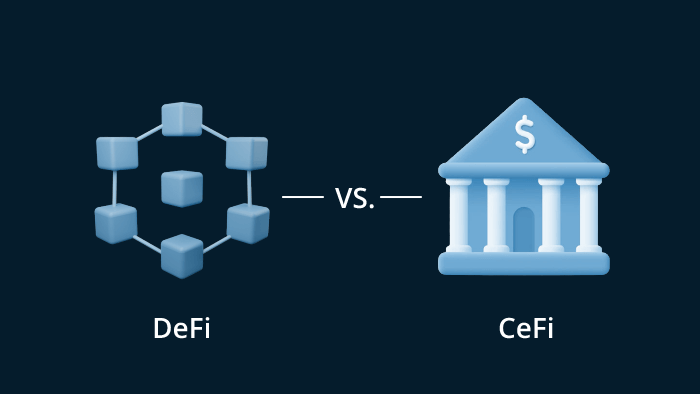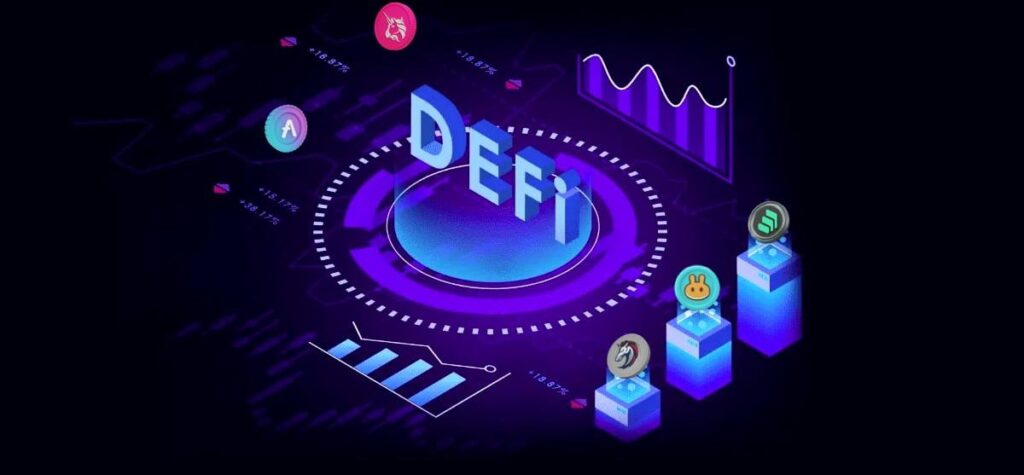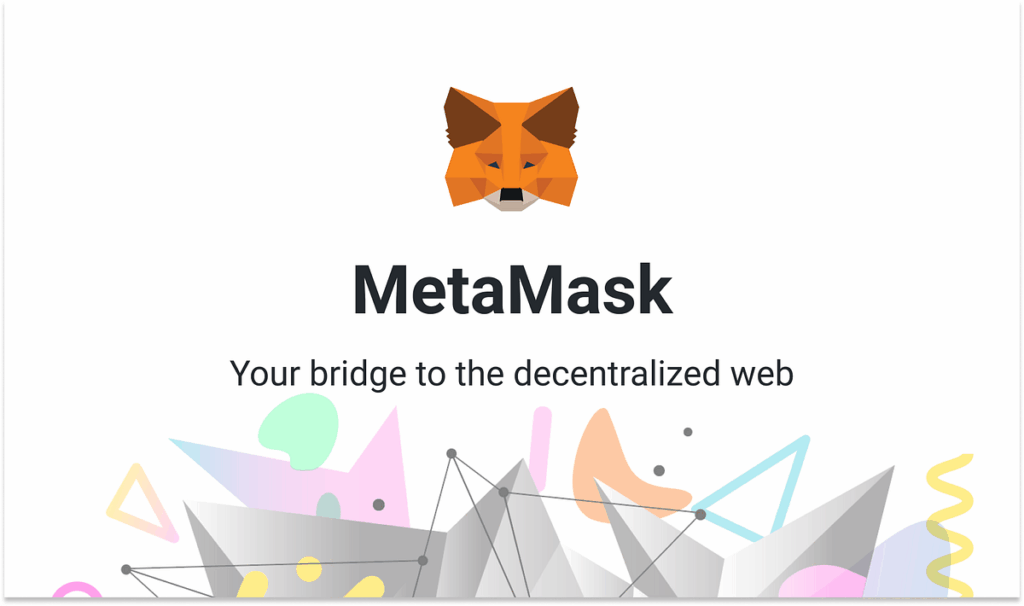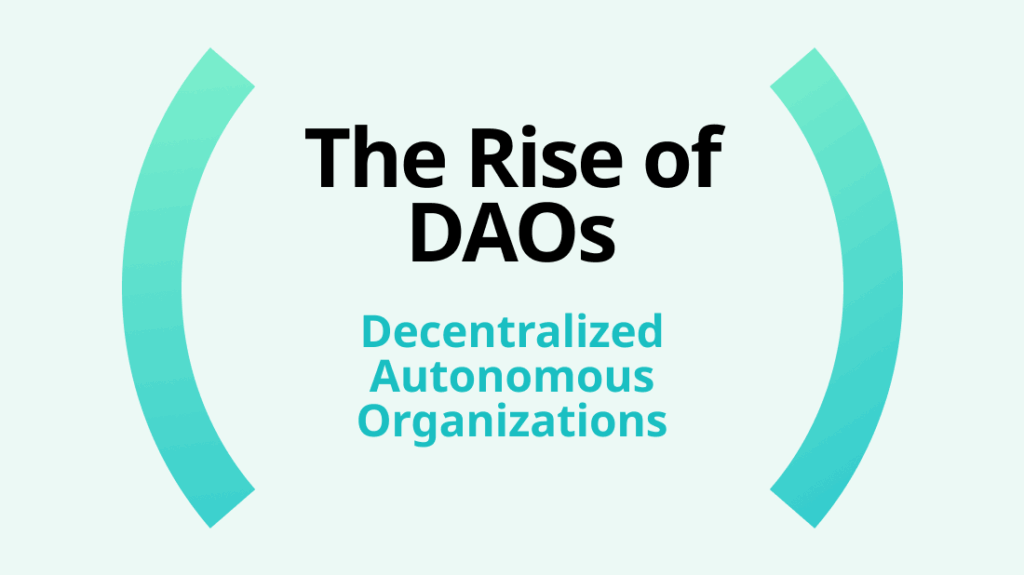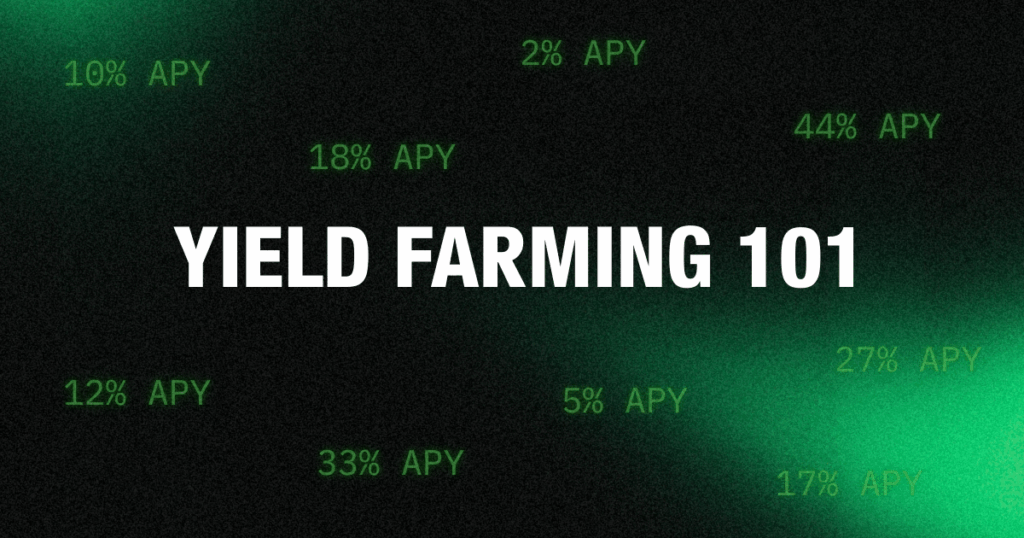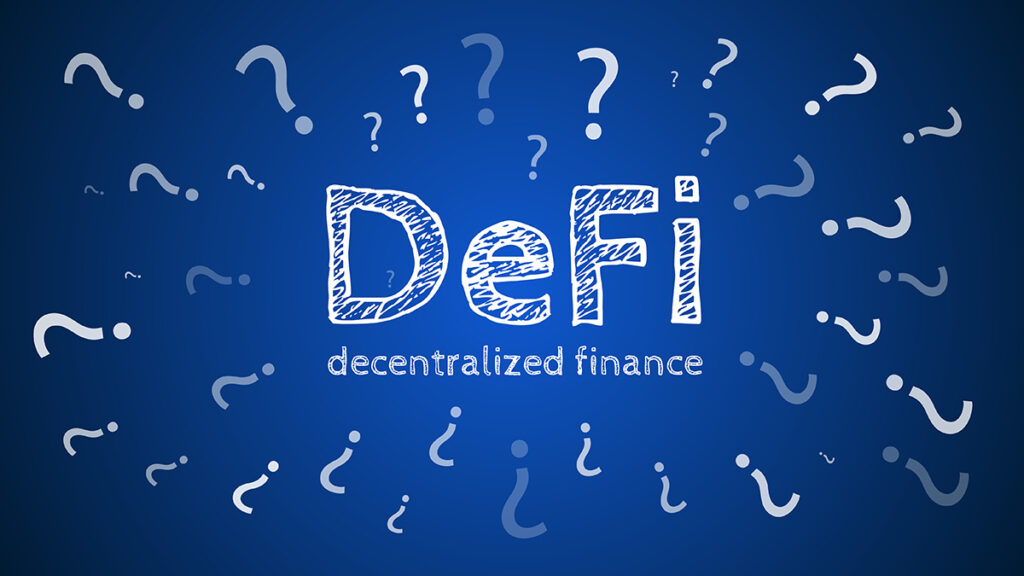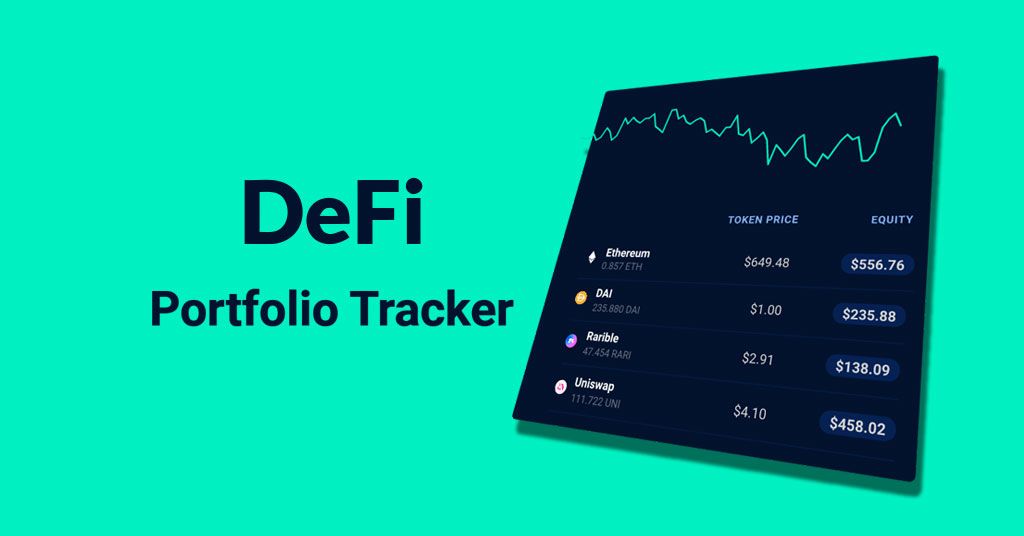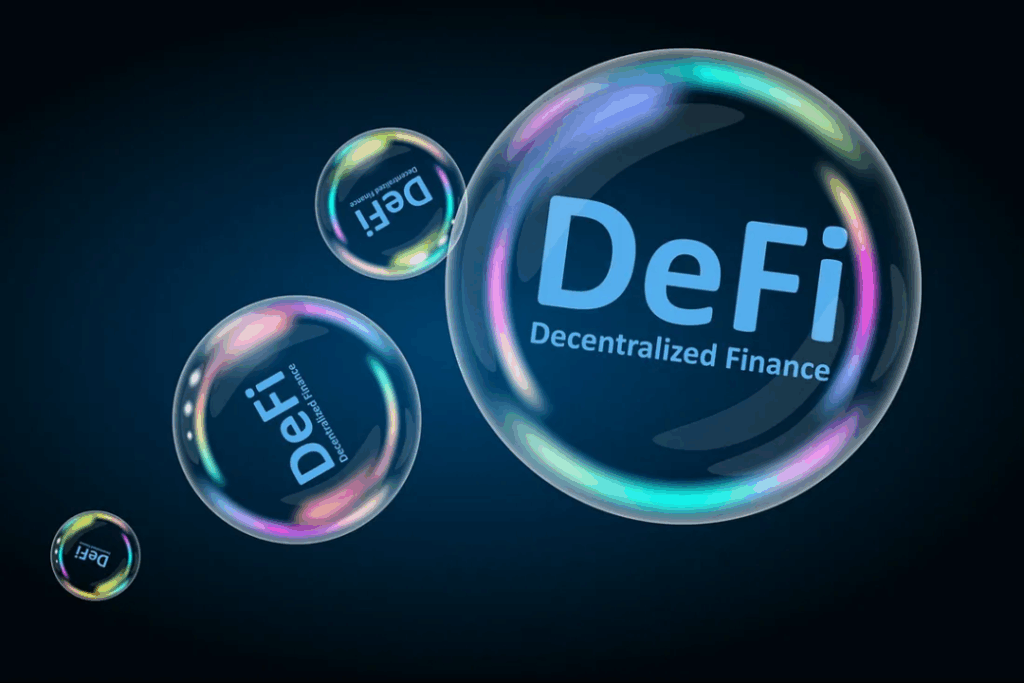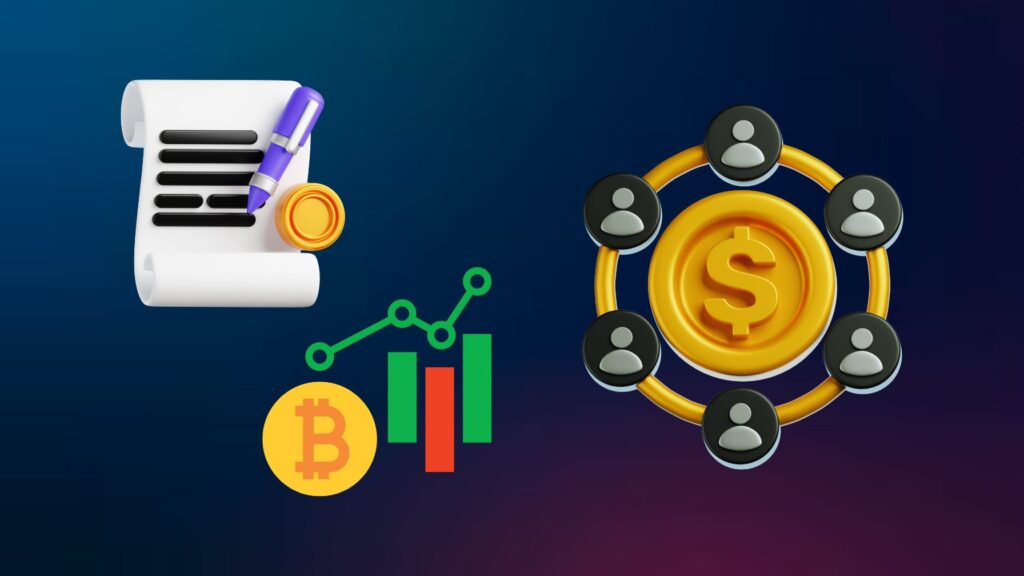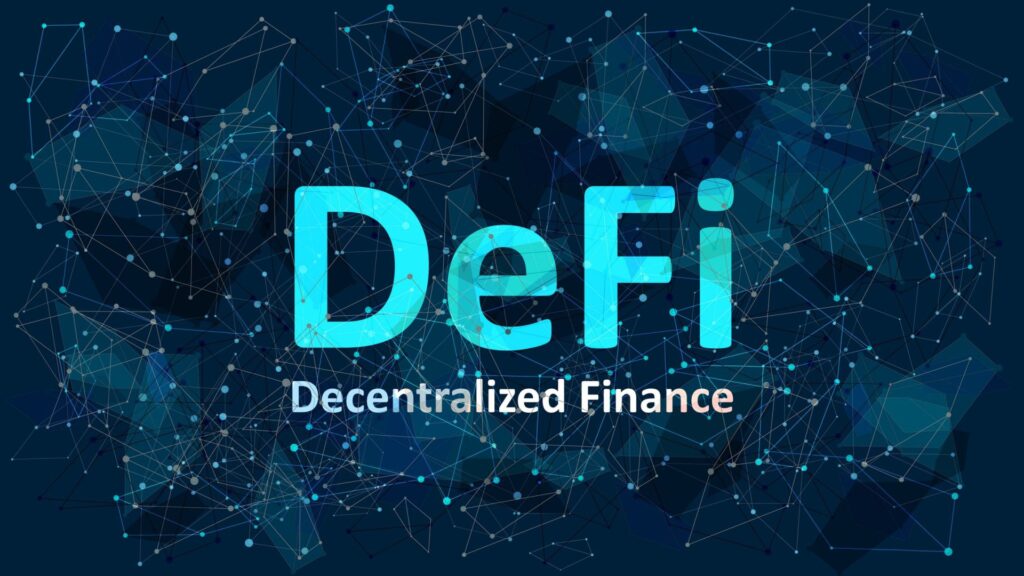Decentralized Finance (DeFi) Demystified: Your First Step into Crypto’s Financial Frontier
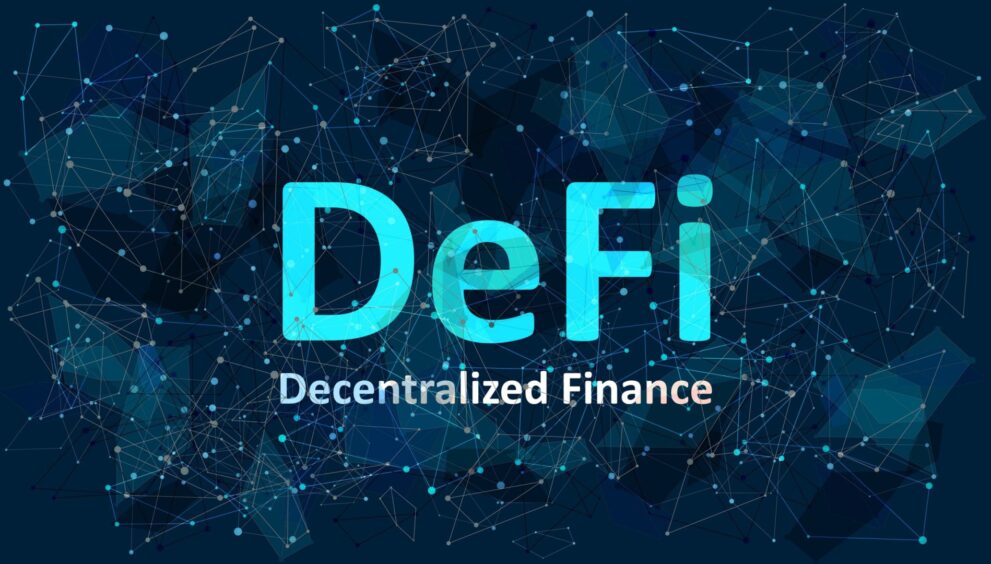
Welcome to DefiAnalyticsHub.com! Have you ever wondered if there’s a financial world beyond traditional banks, where you, and not an institution, hold the reins? That world is Decentralized Finance, or DeFi, and it’s quickly becoming one of the most exciting and transformative spaces in crypto.

For beginners, the world of DeFi can seem like a dense jungle of jargon and complex concepts. But fear not! Our mission here is to guide you through this fascinating landscape. This post will break down the essentials of what DeFi is, how it works, and give you a glimpse into its foundational components. For our more seasoned explorers, stick around—we’ll also hint at the deeper strategies that truly unlock DeFi’s potential.
What Exactly is DeFi? A Paradigm Shift in Finance
At its core, DeFi refers to a suite of financial applications built on blockchain technology, most notably Ethereum. Unlike traditional finance (TradFi), where banks and intermediaries control everything from loans to savings, DeFi aims to create an open, permissionless, and transparent financial system.
Imagine being able to:
- Borrow money without a credit check.
- Lend your assets to earn interest, far exceeding what a bank offers.
- Trade cryptocurrencies directly with others, without an exchange as a middleman.
- All without ever needing to ask for permission from a central authority.
This is the promise of DeFi. It takes the services of banks, brokers, and exchanges and reconstructs them using smart contracts—self-executing agreements coded directly onto a blockchain. This means the rules are transparent, immutable, and run automatically, bringing a new level of trust and efficiency to finance. This is why many refer to it as “money legos”—individual pieces (protocols) that can be stacked and combined to create new financial services.
Keywords in Action:
- Decentralized Finance in crypto operates on public blockchains.
- It offers an alternative to conventional financial systems.
- Understanding how does DeFi work starts with smart contracts.

Your Gateway to DeFi: The Web3 Wallet
Before you can interact with any DeFi application, you’ll need a Web3 wallet. Think of this as your digital passport and bank account for the blockchain world. Wallets like MetaMask, Trust Wallet, or Ledger (for hardware security) allow you to:
- Store your cryptocurrencies: This is where your digital assets, like ETH or stablecoins (e.g., USDT, USDC), live.
- Sign transactions: When you want to lend, borrow, or trade, you “sign” a transaction with your wallet, approving the smart contract interaction.
- Connect to dApps: Decentralized Applications (dApps) are the DeFi platforms you’ll interact with. Your Web3 wallet acts as your identity and connection point.
Pro-Tip: Always keep your seed phrase (a list of 12-24 words) incredibly secure and private. It’s the master key to your funds!
Decentralized Exchanges (DEXs): Trading Without Intermediaries
One of the first and most fundamental applications of DeFi is the Decentralized Exchange, or DEX. Unlike centralized exchanges (CEXs) like Binance or Coinbase, where you deposit funds and trust the exchange to hold them, DEXs allow you to trade directly from your Web3 wallet.
How do they work? Most modern DEXs, like Uniswap or PancakeSwap, use an Automated Market Maker (AMM) model. Instead of order books with buyers and sellers, AMMs rely on liquidity pools—large pools of two different tokens (e.g., ETH and USDC) that users contribute. When you want to swap ETH for USDC, you’re not trading with another individual; you’re trading against this liquidity pool.
Why DEXs are a big deal for DeFi crypto trading:
- Censorship Resistance: No single entity can stop your trade.
- Non-Custodial: You always retain control of your funds.
- Transparency: All transactions are recorded on the public blockchain.
Understanding Yield Farming: Earning Passive Income in DeFi
Once you’re comfortable with your Web3 wallet and DEXs, you might hear about Yield Farming. This is where things get really interesting for those looking to maximize their crypto assets.
Yield farming is essentially the practice of using your cryptocurrencies to earn more cryptocurrencies. It involves lending or staking assets in various DeFi protocols to earn rewards, typically in the form of interest, fees, or new tokens.
Here’s a simple example:
- You provide liquidity (e.g., contribute ETH and USDC) to a liquidity pool on a DEX.
- In return, you earn a portion of the trading fees generated by that pool.
- You might also receive “liquidity provider (LP) tokens” which can then be “staked” in another protocol to earn even more rewards—this is where the “farming” aspect comes in, as you’re constantly seeking out the best “yields” or returns.
Yield farming strategies can be complex, involving moving funds between different protocols to chase the highest returns. It’s a key driver of DeFi analytics as users constantly monitor APYs (Annual Percentage Yields) and risks.
Beyond the Basics: A Glimpse for the Avid Readers
While this covers the fundamentals, DeFi offers layers of complexity and opportunity. For those ready to dive deeper into DeFi crypto trading and advanced strategies, consider exploring:
- Impermanent Loss Strategies: Understanding and mitigating the risks of providing liquidity.
- Advanced Liquidity Provisioning: Exploring concentrated liquidity, dynamic fees, and specialized AMM designs.
- DeFi Protocol Security Deep Dive: Analyzing smart contract audits, economic exploits, and security best practices.
- Tokenomics Analysis: Deconstructing the economic models behind DeFi tokens to predict their value and sustainability.
This is just the beginning. The world of Decentralized Finance in crypto is evolving at lightning speed, constantly presenting new opportunities for those who understand its underlying mechanics.
Stay tuned to DefiAnalyticsHub.com for more insights, advanced guides, and cutting-edge DeFi analytics to help you navigate this exciting financial frontier!
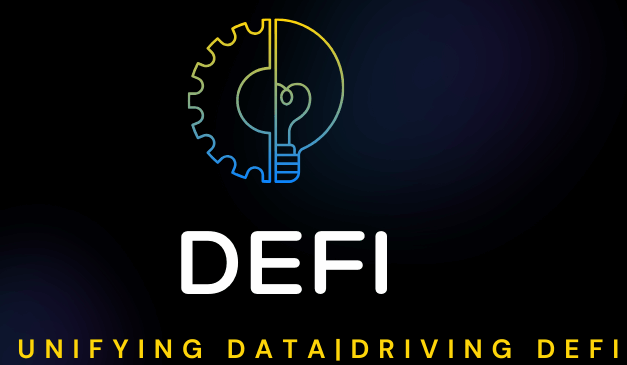

 English
English 